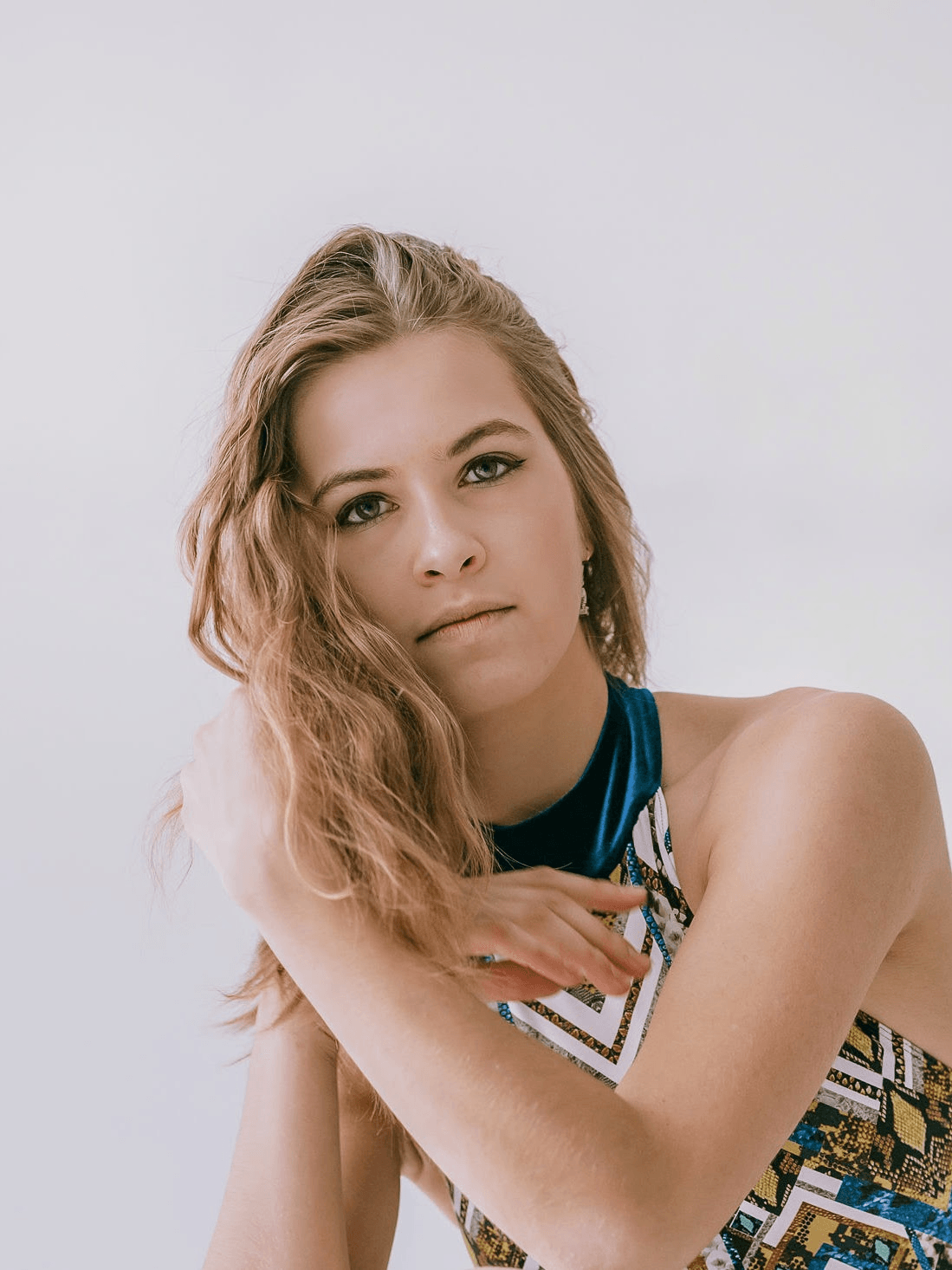We’re excited to introduce you to the always interesting and insightful Anaka Weiss-Jones. We hope you’ll enjoy our conversation with Anaka below.
Anaka, looking forward to hearing all of your stories today. Are you happy as a creative professional? Do you sometimes wonder what it would be like to work for someone else?
Yes, I am happy as an artist. In all honesty, since I am working as a freelance dancer right now, I do have a regular part-time job that helps pay the bills, but I cannot imagine only doing that.
Dance is the all-consuming love of my life, and it motivates and inspires me every day. The last time I thought about just having a full-time regular job was probably about a year ago (the start of summer 2023), when I was facing some time off between dance jobs. I was also in a place where it wasn’t financially feasible to even take class (an integral part of any dancer’s routine) every day, and the thought of transitioning to a regular job was a reaction to the frustration and sadness I felt at not being able to do what I love as much as I wanted. It seemed easier to quit completely than to deal with this state of uncertainty & what felt like a lack of direction and purpose.
What I realized from this time is every opportunity I have to dance is precious. It increased my devotion to my art, and I now know that when I’m tired, overextended in my schedule, or facing some financial constraint, the thing to prioritize is dance. As I’ve been incorporating this realization into my lifestyle over the last year, I’ve rediscovered the joy of exploration, focus, and power that comes from fully embracing my identity as a dancer and being able to trust myself to maintain dance as my top priority.
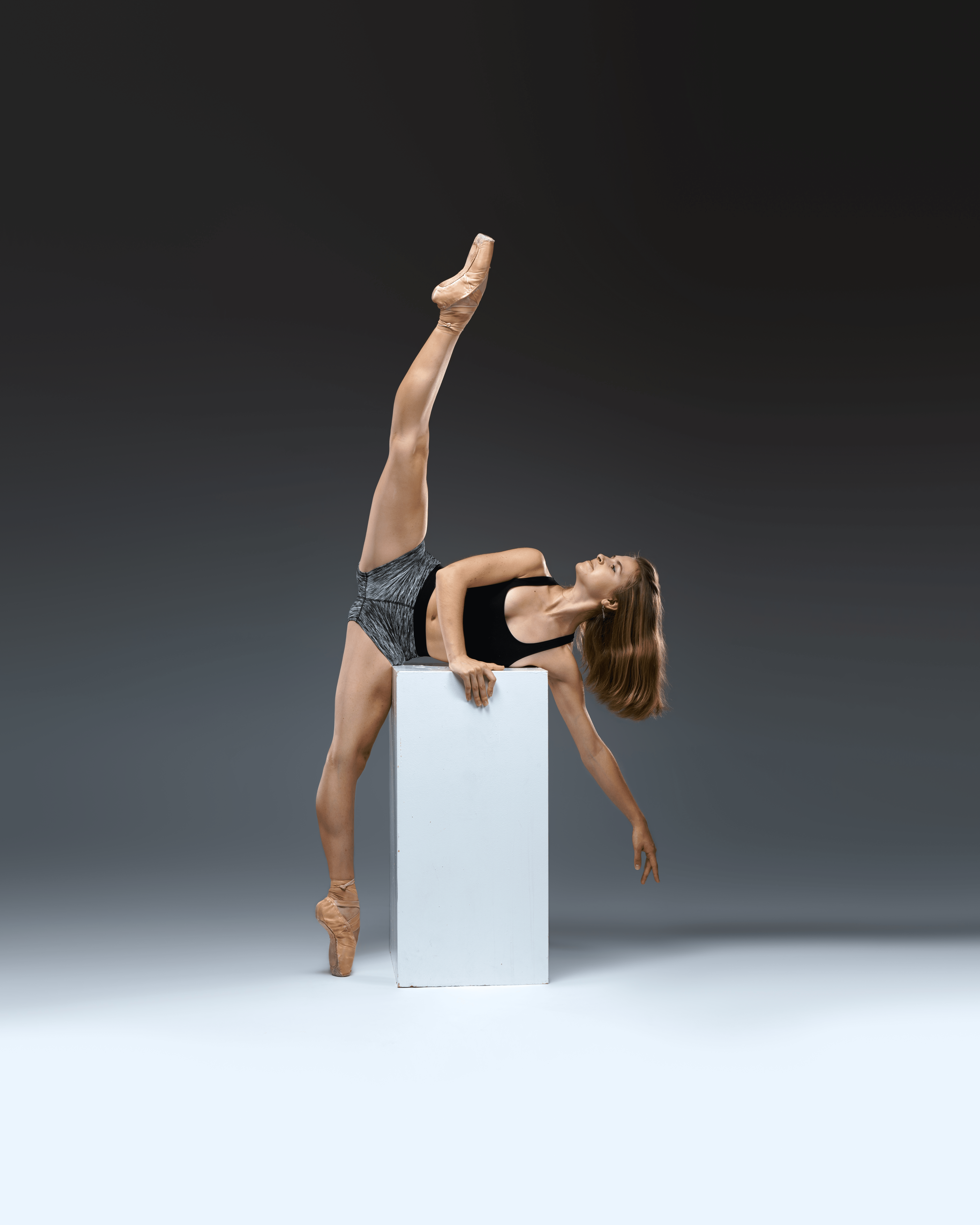
Great, appreciate you sharing that with us. Before we ask you to share more of your insights, can you take a moment to introduce yourself and how you got to where you are today to our readers.
I am a professional contemporary and classical ballet dancer based in Denver, Colorado, and New York City. I’ve been dancing since I was 8 years old, and professionally since 2021. My first company contract was in Klaipeda, Lithuania, with the Klaipeda State Music Theater, where I danced for the 2021-2022 season before moving back to the United States. I now dance with Zikr Dance Ensemble and work as a freelancer as well.
What sets me apart from other dancers is my versatility. I have always been drawn to modern dance and contemporary ballet movement, but trained primarily in classical ballet. Before moving to Lithuania, I was a trainee with Ballet Melange, where I received excellent classical training in the Vaganova method and refined my technique & classical artistry. Now, as a professional dancer, I’ve had the opportunity to really merge the two worlds for myself, and am able to move comfortably between the traditional classical story ballets, neoclassical rep, and truly contemporary/modern work.
I enjoy the work. It is always my intention to keep improving, to grow my artistry, movement, and technique exponentially from where it was the year before, which ultimately increases my performance quality and ability to communicate with audiences through movement.
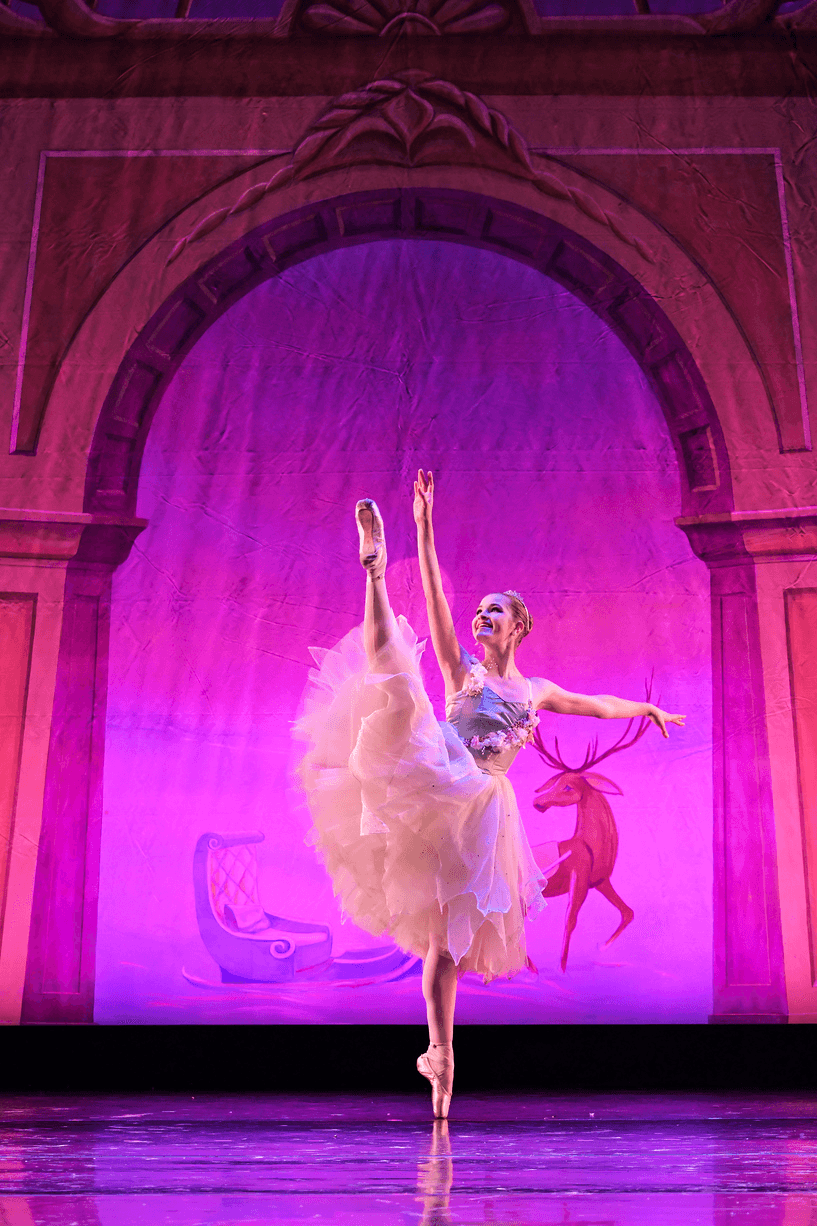
How can we best help foster a strong, supportive environment for artists and creatives?
The best way for society to support dance is to develop an awareness of the lack of funding faced by companies, theaters, & performing arts organizations. Individuals can provide financial support to arts organizations by attending performances (and inviting friends to come along!) and donating (if financially possibly). Ballet & dance companies are not funded by the government in the United States (as they are in other countries), and it is the dancers who usually feel the lack of resources.
Legitimizing a career as a dancer is also an important societal shift, and one that I think is happening, but the next time you hear a child say they want to grow up to be a dancer, instead of telling them them they need a plan B or a real job, consider how you could help make their dream a reality. Experiencing dance is a vital part of the human experience and supporting the dancers onstage is an important part of continuing the art form.
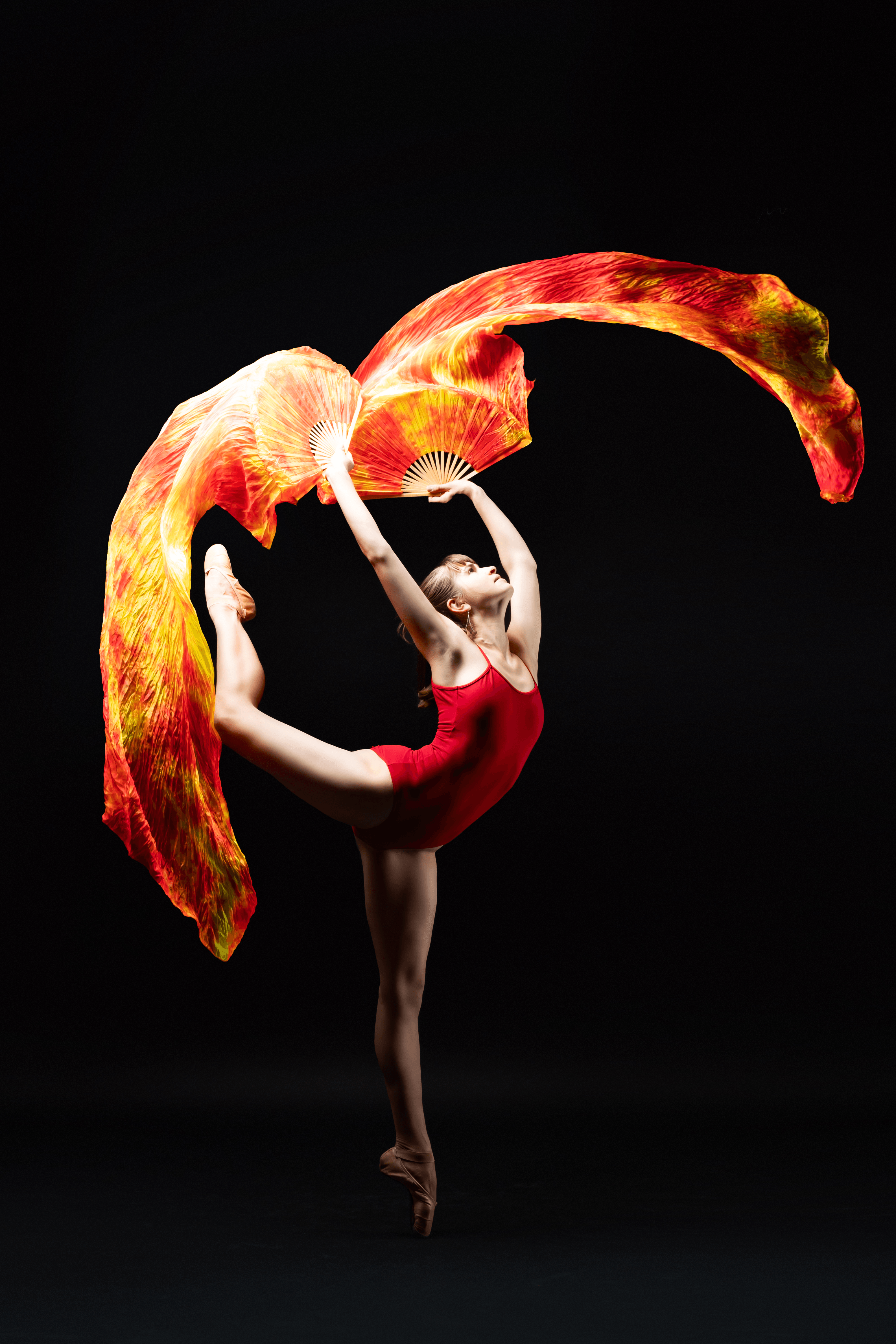
What do you find most rewarding about being a creative?
It’s challenging to put into words, but the most rewarding part of being an artist is the richness and breadth of the emotional experience of dance. It truly takes you through the highs and lows – from the exhilaration of performance to the depths of self-doubt & depression. These emotions result because of dance and yet dance is a medium which can be used to process and express those emotions.
Creating a character or embodying a specific theme in a piece allows you to explore emotions and circumstances that you might not otherwise experience; it also allows you to use your imagination and become someone else.
Within these emotions, there remains the need for supreme clarity and mental focus on the technical aspects of the movement, and combined, over years of dancing & performing, I think the parallel trajectories of the rational and emotional journey of dance (both as a career and throughout individual performances) brings wisdom to those who experience it. This is not something I know for sure, but a thought I’ve started to consider as my experience grows, and I am excited to see what the future holds!
Contact Info:
- Website: https://anakaweissjones.com
- Instagram: @anaka.weissjones
- Youtube: https://www.youtube.com/channel/UCfYEOhZ02ThI__esbQmkTPA

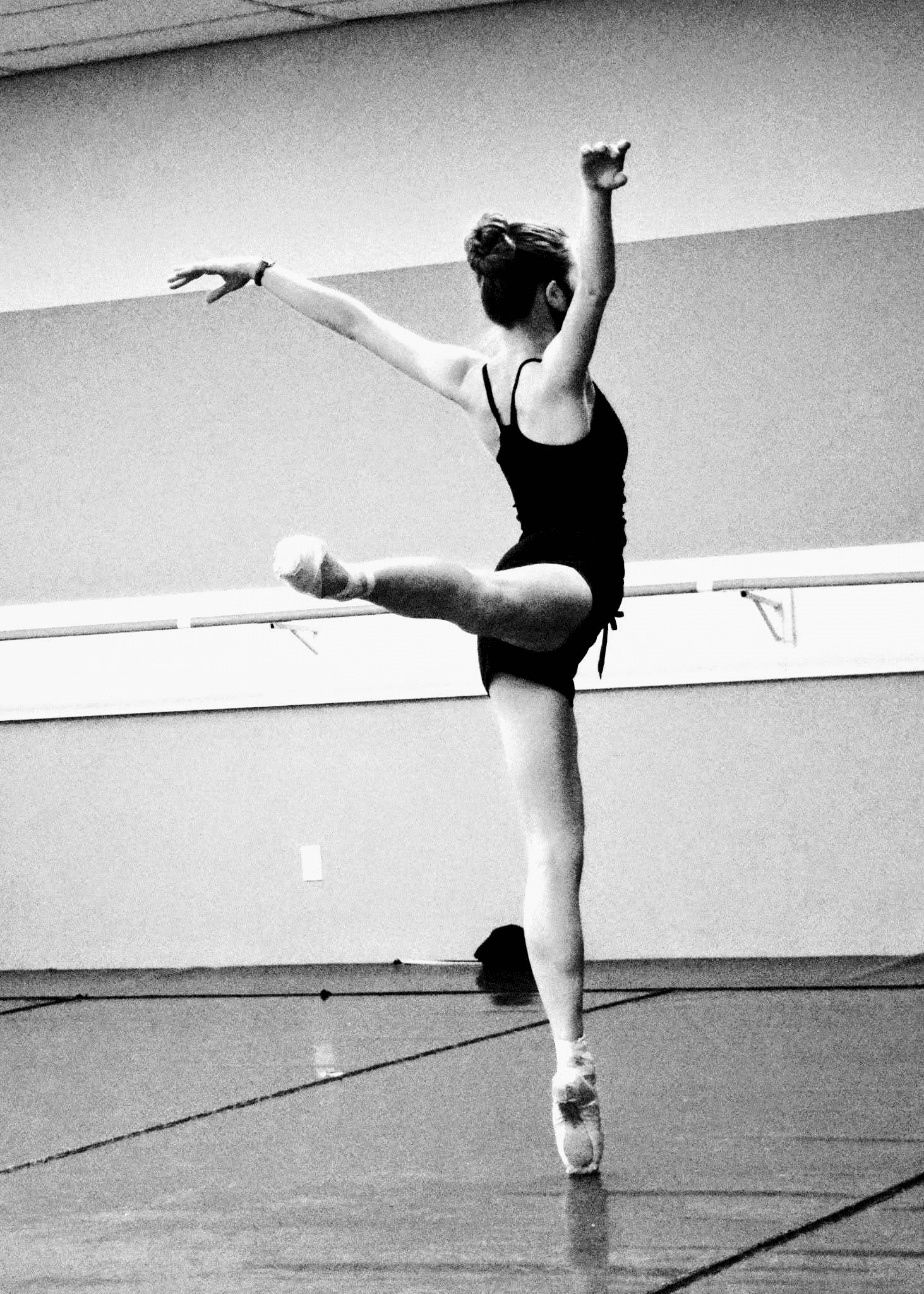
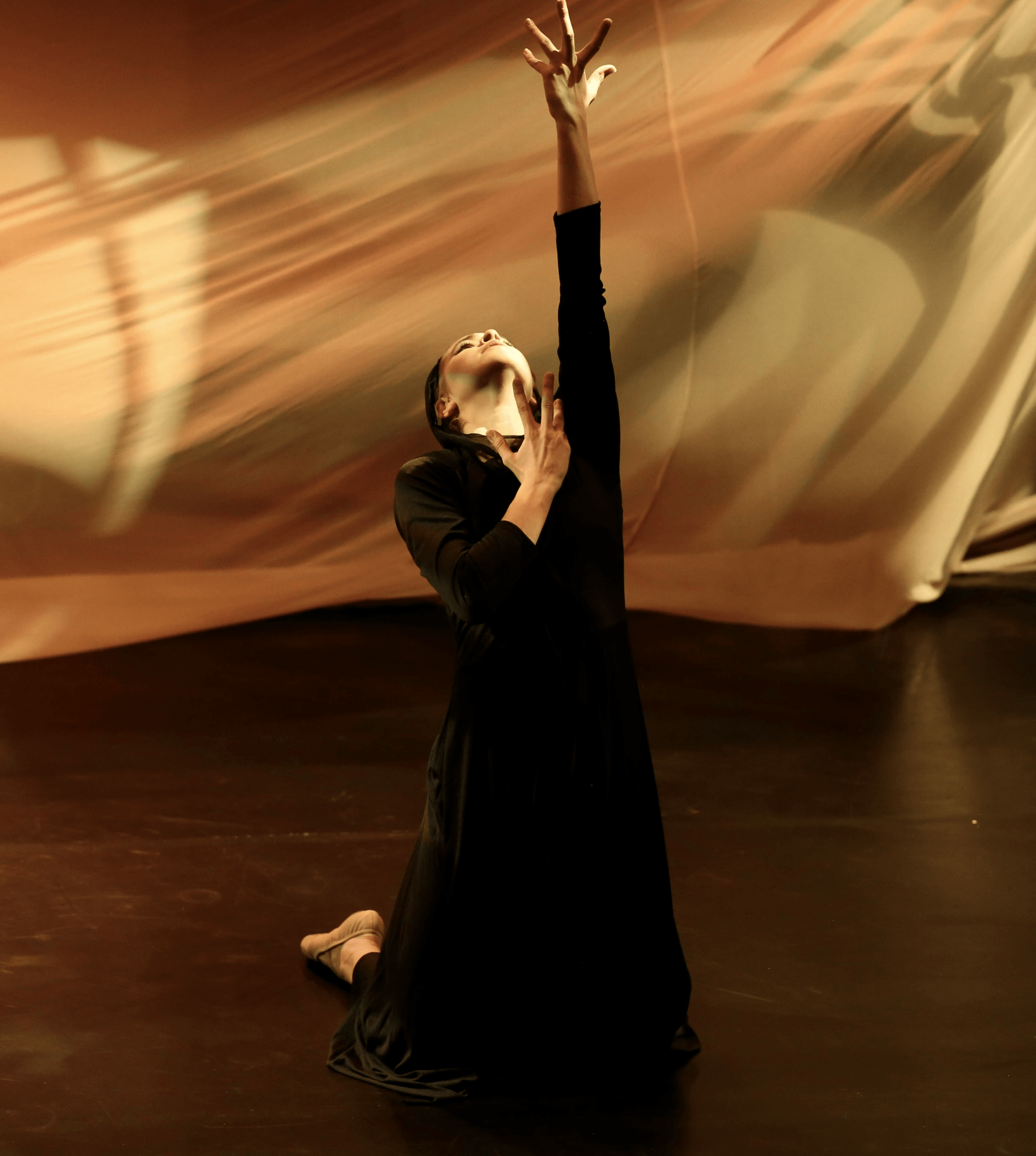
Image Credits
Candidly Created
Dances Patrelle
Martha Wirth Photography
Zikr Dance Ensemble


